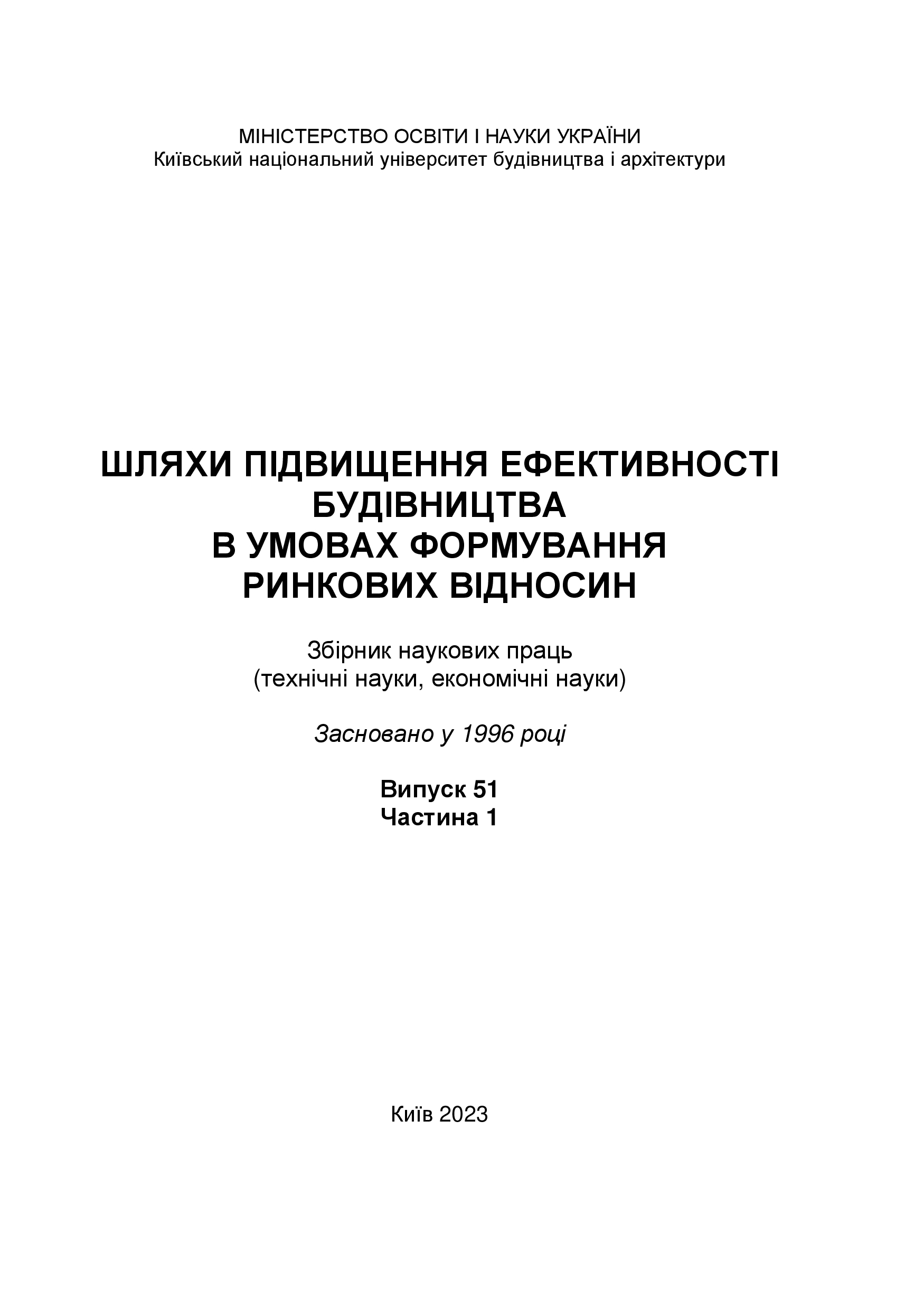Ефективність використання червоного шламу при розробці кислотостійких гібридних лужних цементів
DOI:
https://doi.org/10.32347/2707-501x.2023.51(1).283-289Keywords:
alkali-activated cements, acid resistance, aggressive environment, industrial waste, red mudAbstract
The use of secondary industrial products has long been an integral part of the construction industry. The most common man-made raw materials used in the production of building materials, in addition to slag, are fly ash and red mud.
This work is devoted to the study of the effectiveness of using red mud as an additional source of an alumina silicate component of man-made origin in the production of alkali-activated cements with increased acid resistance.
In conventional cement systems, the use of significant amounts of red mud is not possible due to the high content of alkali metal compounds and heavy elements, but this is not a problem for alkali-activated binders.
Red mud obtained by processing bauxite ore using the Bayer process is highly alkaline, and its disposal and reusability are hampered by high sodium concentrations and high pH. That is why, according to the analysis of literature sources, research on the integrated use of red mud is mainly found in only a few areas, among which construction occupies a leading position.
In the course of research, the parameters of dough of normal density, hardening terms and strength for the developed systems were determined. Direct determination of the acid resistance index was also carried out using two methods: accelerated and by long-term aging of samples. In this way, the main physical and mechanical characteristics of the developed compounds were determined and the results were analyzed.
The obtained results of the study confirmed the possibility of partially replacing alumina silicate components with red mud to obtain acid-resistant alkaline cements. It was found that the introduction of up to 30% of red mud makes it possible to obtain material with an acid resistance coefficient (Ks) in the range of 0.8-0.95.
References
Krivenko, P., Kovalchuk, O., Pasko, A., Croymans, T., Hult, M., Lutter, G., ... & Schroeyers, W. (2017). Development of alkali activated cements and concrete mixture design with high volumes of red mud. Construction and Building Materials, 151, 819-826. https://doi.org/10.1016/j.conbuildmat.2017.06.031
Krivenko, P., Drochytka, R., Gelevera, A., & Kavalerova, E. (2014). Mechanism of preventing the alkali–aggregate reaction in alkali activated cement concretes. Cement and Concrete Composites, 45, 157-165. https://doi.org/10.1016/j.cemconcomp.2013.10.003
Zinoveev, D., Pasechnik, L., Fedotov, M., Dyubanov, V., Grudinsky, P., & Alpatov, A. (2021). Extraction of valuable elements from red mud with a focus on using liquid media – a review. Recycling, 6(2), 38. https://doi.org/10.3390/recycling6020038
Wang, S., Jin, H., Deng, Y., & Xiao, Y. (2021). Comprehensive utilization status of red mud in China: A critical review. Journal of Cleaner Production, 289, 125136. https://doi.org/10.1016/j.jclepro.2020.125136
Hanahan, C., McConchie, D., Pohl, J., Creelman, R., Clark, M., & Stocksiek, C. (2004). Chemistry of seawater neutralization of bauxite refinery residues (red mud). Environmental Engineering Science, 21(2), 125-138. DOI: 10.1089/109287504773087309
Tian, X., Wu, B., & Li, J. (2008). The exploration of making acidproof fracturing proppants using red mud. Journal of Hazardous materials, 160(2-3), 589-593. https://doi.org/10.1016/j.jhazmat.2008.03.032
Liu, T., Zhang, J., Wu, J., Liu, J., Li, C., Ning, T., ... & Lu, A. (2019). The utilization of electrical insulators waste and red mud for fabrication of partially vitrified ceramic materials with high porosity and high strength. Journal of cleaner production, 223, 790-800. https://doi.org/10.1016/j.jclepro.2019.03.162
Song, S., Zhang, N., Yuan, J., Zhang, Y. (2021). New attempt to produce red mud-iron tailing based alkali-activated mortar: Performance and microstructural characteristics. Journal of Building Engineering, 43, 103222. https://doi.org/10.1016/j.jobe.2021.103222
Kovalchuk O., Zozulynets V., (2023). Doslidzhennia kyslotostiikosti hibrydnykh luzhnykh tsementiv normalnoho tverdnennia. Mistobuduvannia ta terytorialne planuvannia, 81, 189-198. https://doi.org/10.32347/2076-815x.2022.81.189-198
Downloads
Published
How to Cite
Issue
Section
License

This work is licensed under a Creative Commons Attribution 4.0 International License.
Authors who publish with this journal agree to the following terms:
- Authors retain copyright and grant the journal right of first publication with the work simultaneously licensed under a Creative Commons Attribution License that allows others to share the work with an acknowledgement of the work's authorship and initial publication in this journal.
- Authors are able to enter into separate, additional contractual arrangements for the non-exclusive distribution of the journal's published version of the work (e.g., post it to an institutional repository or publish it in a book), with an acknowledgement of its initial publication in this journal.
- Authors are permitted and encouraged to post their work online (e.g., in institutional repositories or on their website) prior to and during the submission process, as it can lead to productive exchanges, as well as earlier and greater citation of published work (See The Effect of Open Access).

